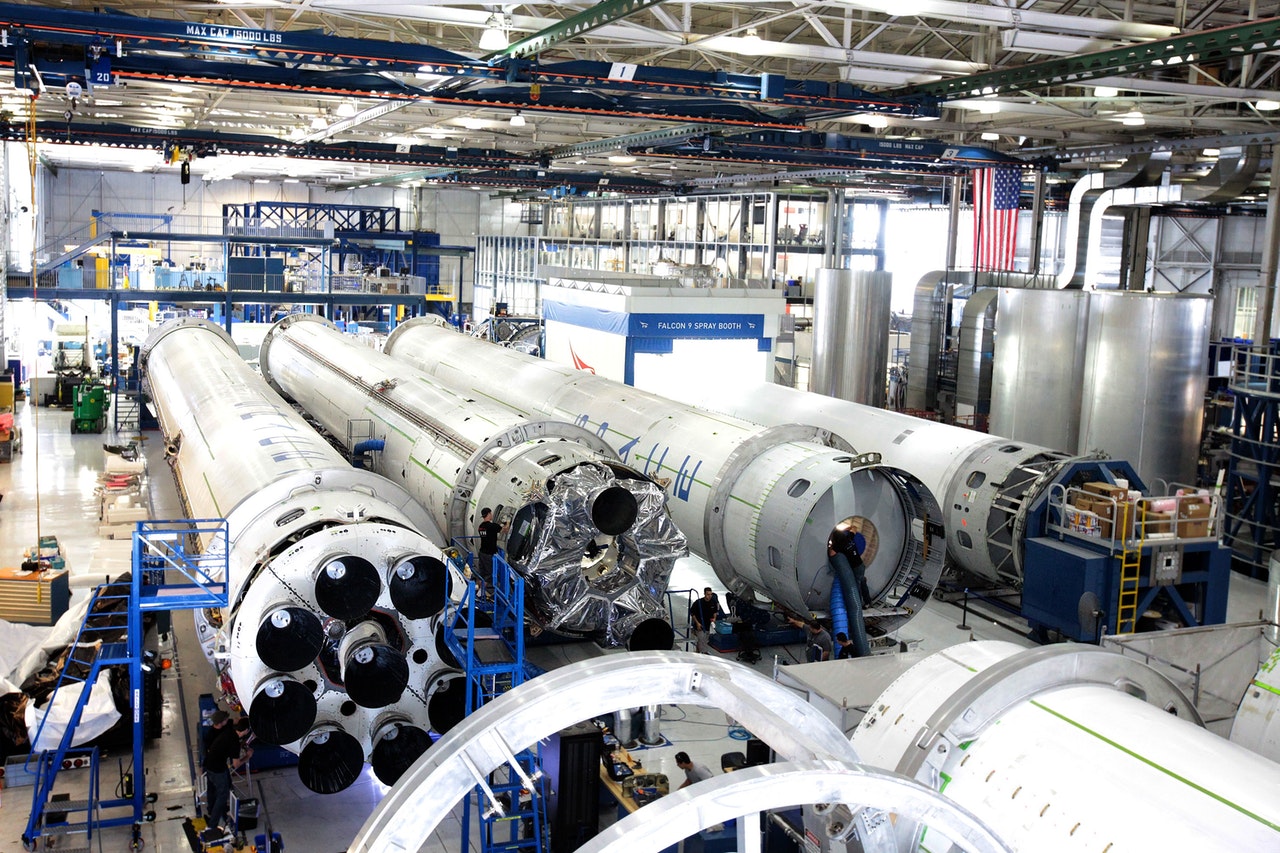Advances in power production and transportation will be key in the race to achieve net zero emissions by 2050. And at the heart of the new energy-transport nexus lies a technology that is capturing the interest of governments, corporations, and investors: the battery, Financial Times writes.
Projections from the International Energy Agency show the magnitude of the shift required to achieve worldwide net zero emissions by mid-century. They demonstrate that by 2035, all passenger cars sold must be electric vehicles, and that by 2050, wind, solar, bioenergy, geothermal, and hydropower must provide two-thirds of the world’s energy supply. All of this will need more energy storage. Batteries allow electric vehicles to store and utilize energy to power their motors.
They can also store and feed energy back to the grid using vehicle-to-grid technology to augment supply during peak demand.
Meanwhile, since renewable energy is intermittent, energy must be conserved for when the wind blows or the sun shines.
As a result, batteries may minimize the usage of polluting “peaker” fossil-fuelled plants that supplement renewable energy or support the grid during times of peak demand.
Battery demand forecasts are driving an increase in the development of large-scale manufacturing operations, or so-called gigafactories. People can’t keep up with how many gigafactories are in the works since the numbers are changing so quickly.
Energy storage firms are also seeing an increase in investment. According to Mercom Capital Group, these firms raised $5.5 billion in venture capital across 59 transactions in the first nine months of 2021, up from $1.2 billion across 91 deals in the same time in 2020. China is the world’s largest producer of lithium-ion battery cells. However, Europe is gradually catching up, owing to emissions reduction rules for car fleets and the 2017 introduction of the European Battery Alliance, a project aimed at increasing EU battery output.
China will have around two-thirds, while most analysts predict that Europe will have roughly one-third of global battery production capabilities by 2030.
According to Alex Breckel, head of research at Energy Futures Initiative, production capacity in the United States will likewise increase dramatically over the next two years.
“With just the declared factories, it’s expected to rise by a factor of six,” he adds. “That’s insanely quick scaling.”

